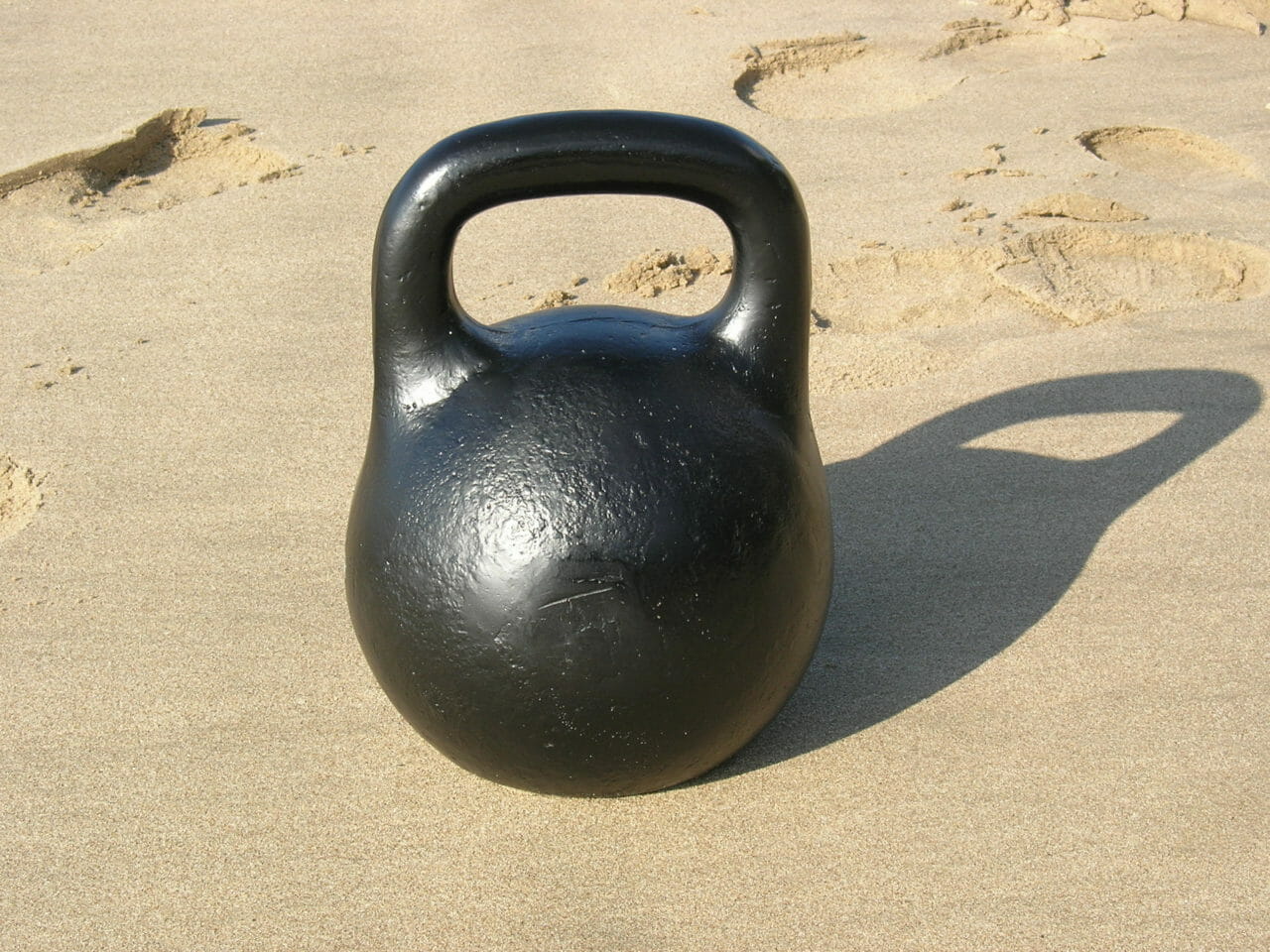Whether we realize it or not, our days are filled with tasks that can’t be completed without gripping. Many are simple and don’t require much attention—writing, eating, drinking, etc.—while others are more complicated and demand a bit more strength, like carrying groceries, vacuuming or holding onto the bar of a bus.
The central ability in executing all these tasks is grip strength, which is the force applied by our hands to pull on or suspend from objects. Grip strength is important for a number of reasons, and even if you’re able to perform most daily activities without any difficulty, it doesn’t necessarily mean your grip strength is sufficient.
Most of us have enough grip strength to get by in our daily lives and we rarely even think about how it affects us. But the truth is improving grip strength can provide a number of benefits, especially for athletes. Multiple studies have shown that good grip strength can improve the activity of the rotator cuff (a group of muscles and tendons in the shoulder) and may play a role in injury prevention and recovery.
Injuries like golfer’s and tennis elbow are usually caused by improper strength ratios between the elbow and forearm. At the root of this is grip strength: a weak grip can lead to other regions of the body—like the elbow or shoulder—compensating for the weakness, which causes this imbalance that results in injury.
But grip strength is not just important for athletes of sports that require gripping, as improving grip strength will help you open stubborn jars, carry heavy bags and perform any other fine motor tasks more easily. Some studies have even found good grip strength to be a predictor of an individual’s nutritional status.
At Dynamic Sports Physical Therapy in New York City, we can assess your grip strength and create a personalized treatment plan to improve it. Though some use a device called a hand-dynamometer to perform this assessment, we typically use a kettlebell, which is easy and less expensive, and provides valuable information.
Here’s how the assessment works: we’ll have you lie down in a hook-lying position (on back with knees bent), and then a kettlebell will be placed in your hand with your arm bent at a 90° angle. You’ll then lift the kettlebell for 10-20 seconds as a physical therapist observes your form and muscles. The weight will increase gradually until you find one that leads to some difficulty but can still be lifted.
Once the assessment is completed and your grip strength is established, your physical therapist will design a treatment plan that’s right for you, and the assessment can eventually be used as a warm-up for more advanced kettlebell exercises like Turkish get-ups, partial arm-bars and bottoms-up presses.
Don’t underestimate the importance of having sufficient grip strength and consider improving your overall abilities while reducing your chances of suffering an injury. Visit us at Dynamic Sports Physical Therapy in New York City for a grip strength assessment and a tailor-made treatment plan to improve it. Call us at 212-317-8303 for more information or to schedule an appointment.

